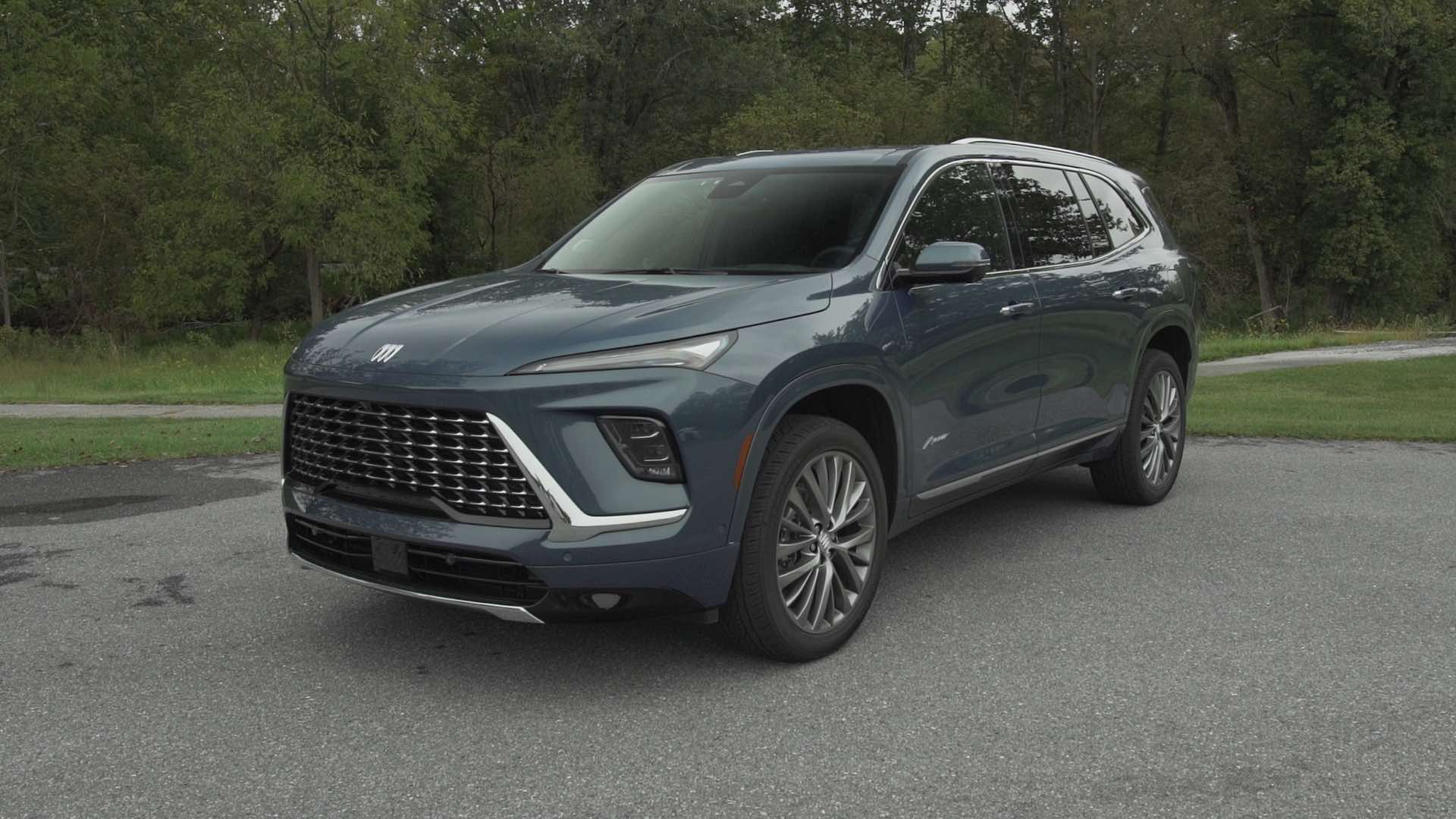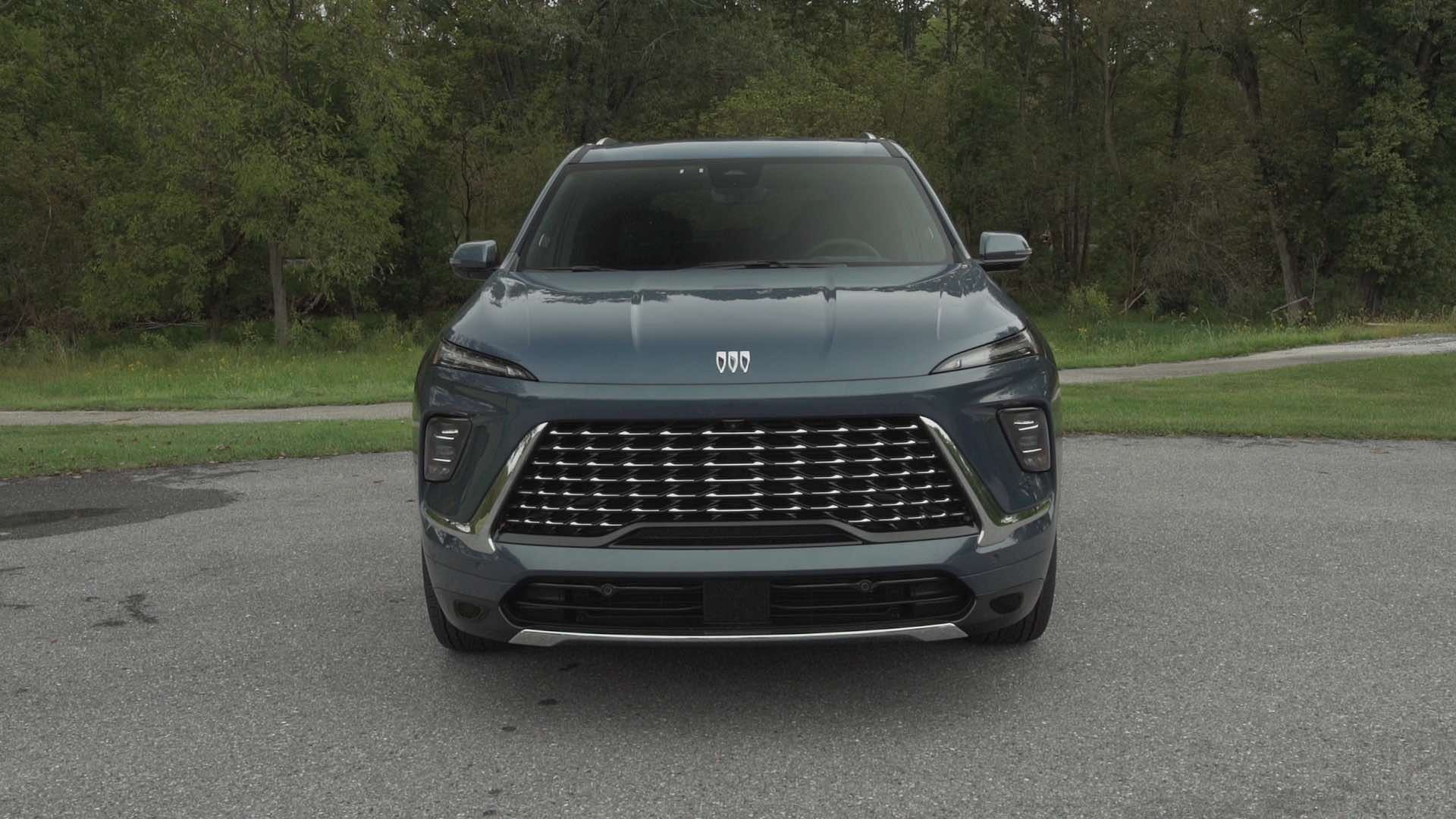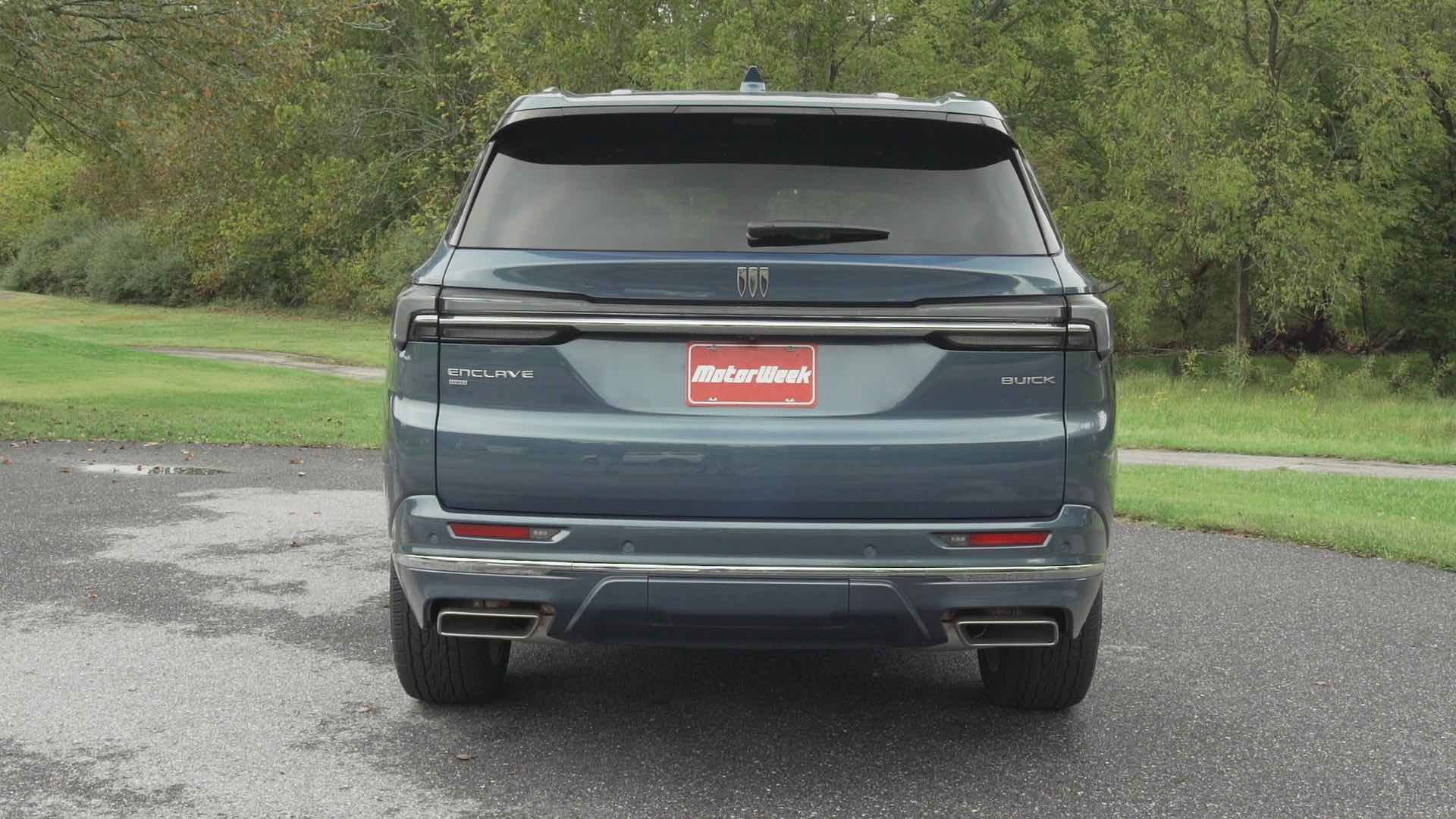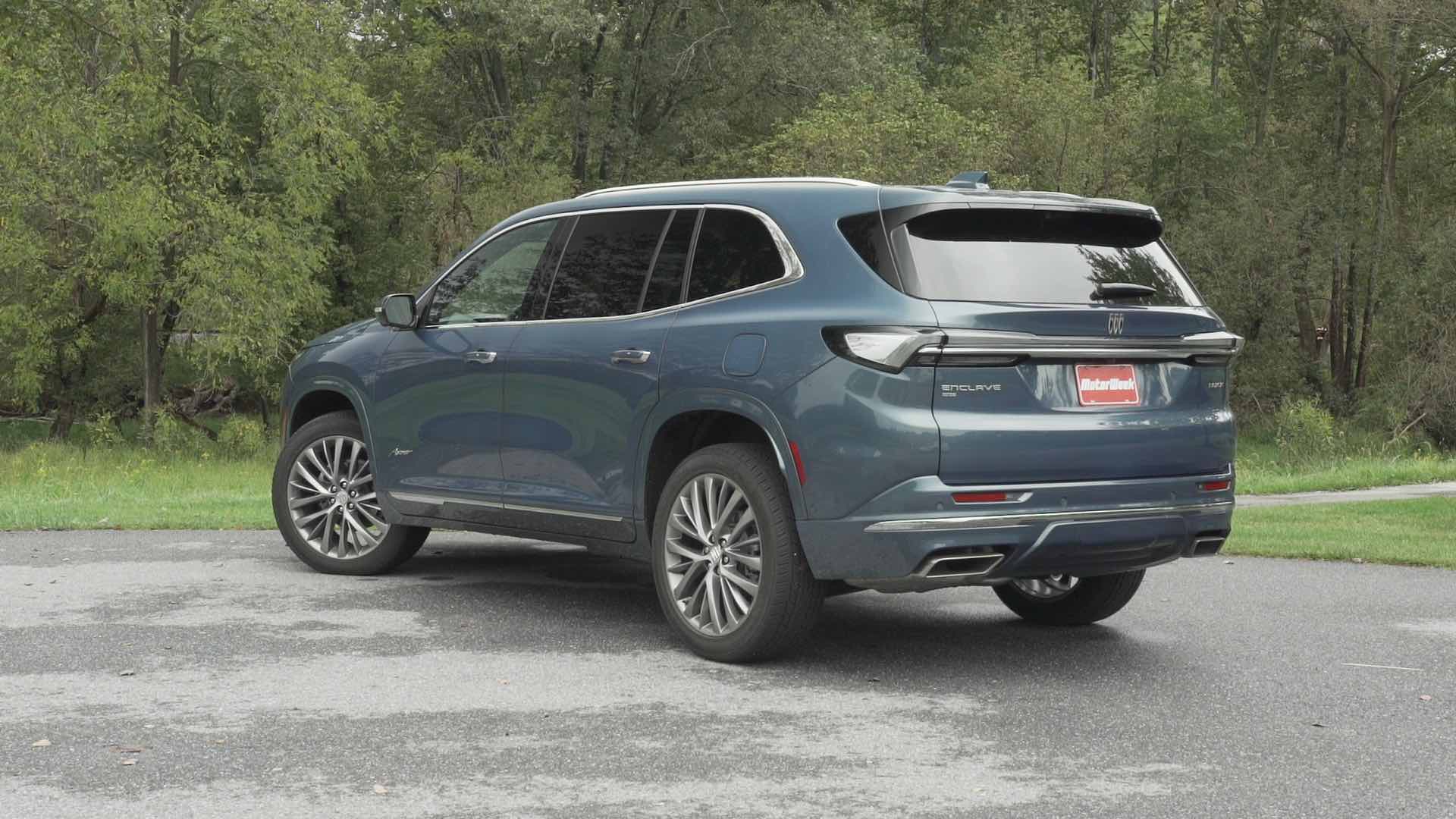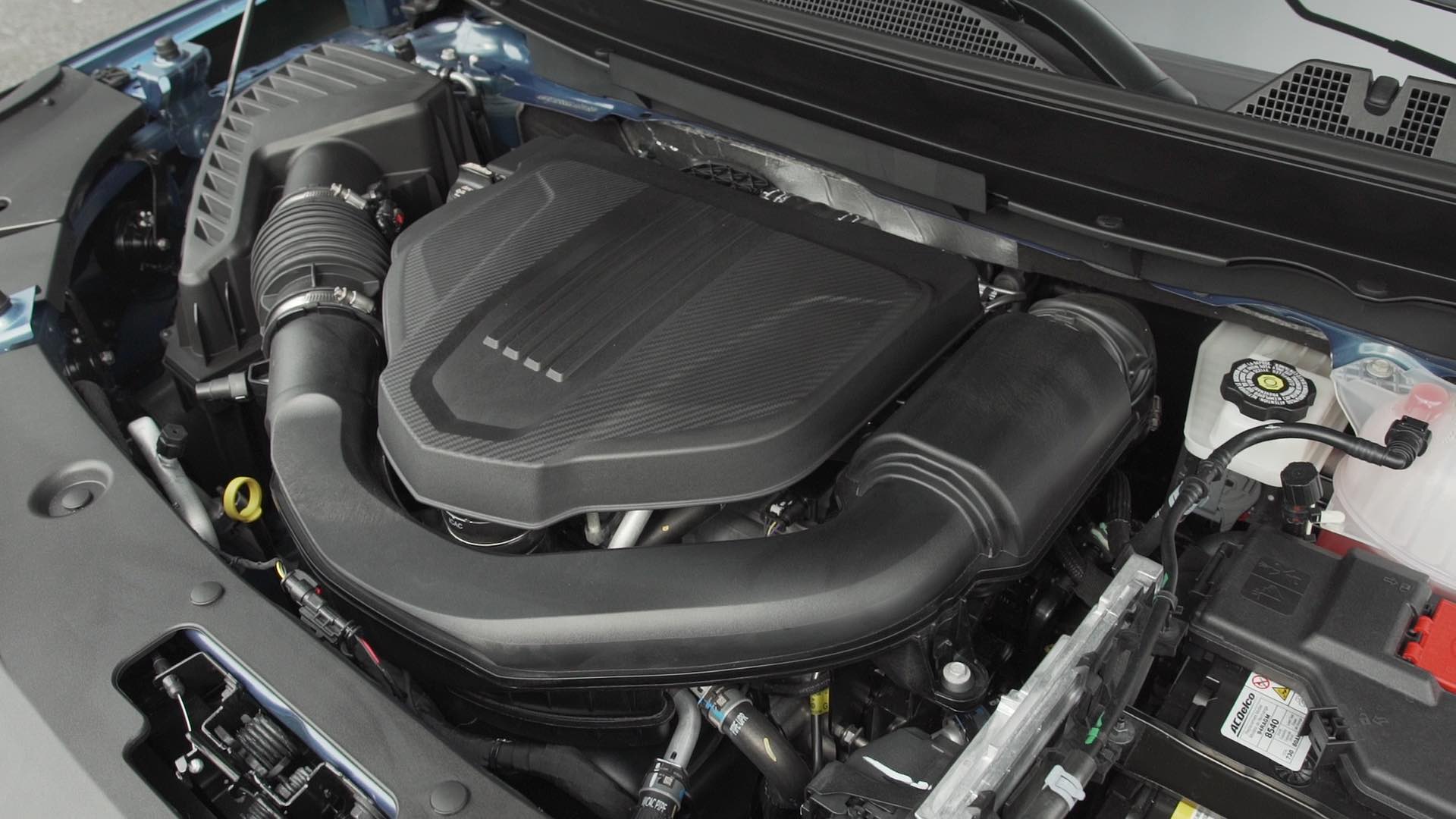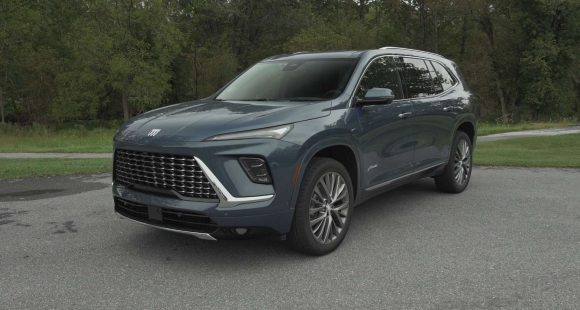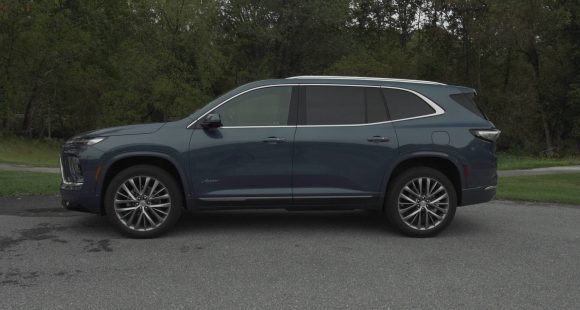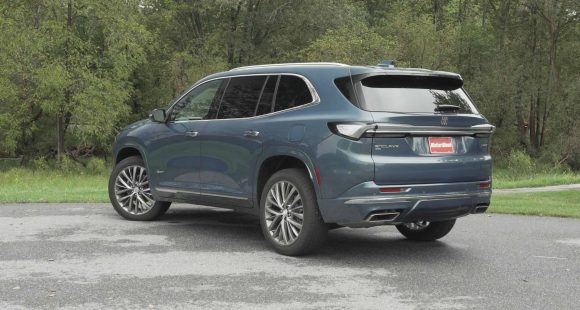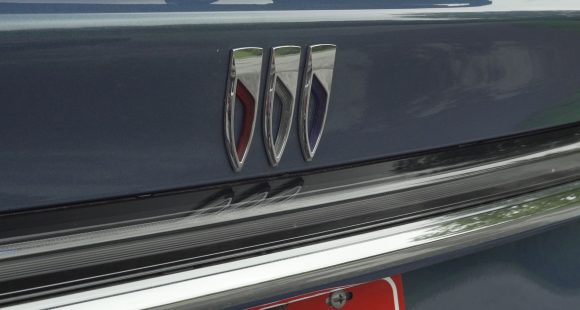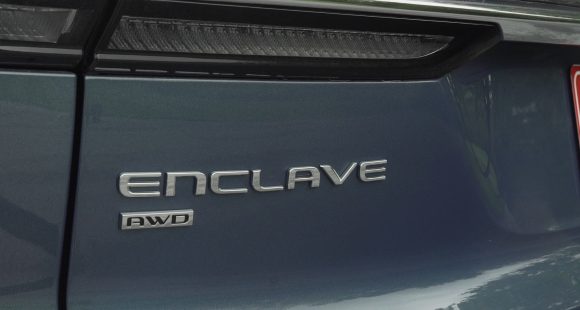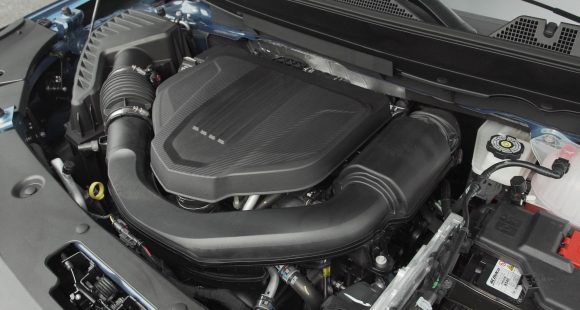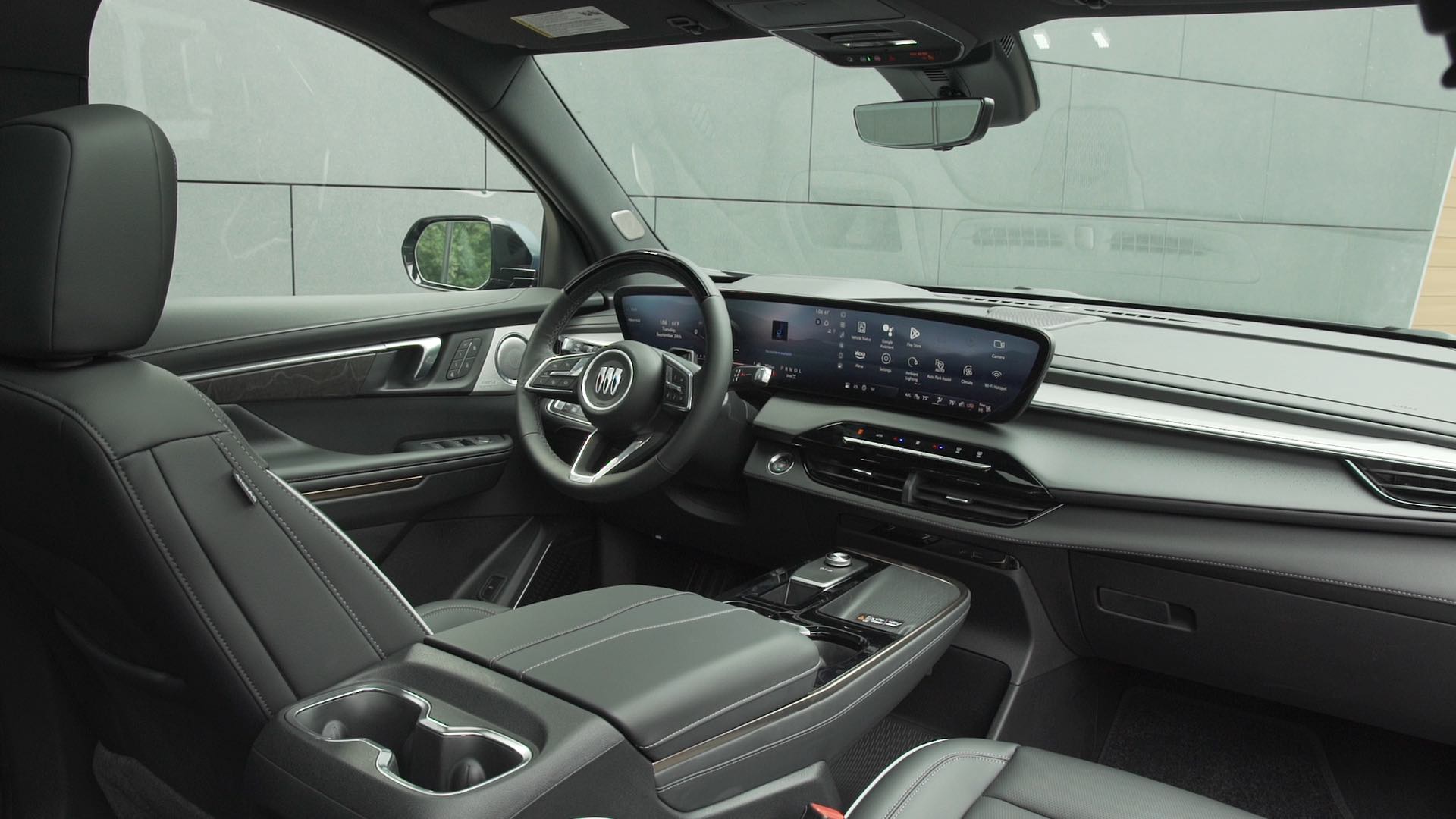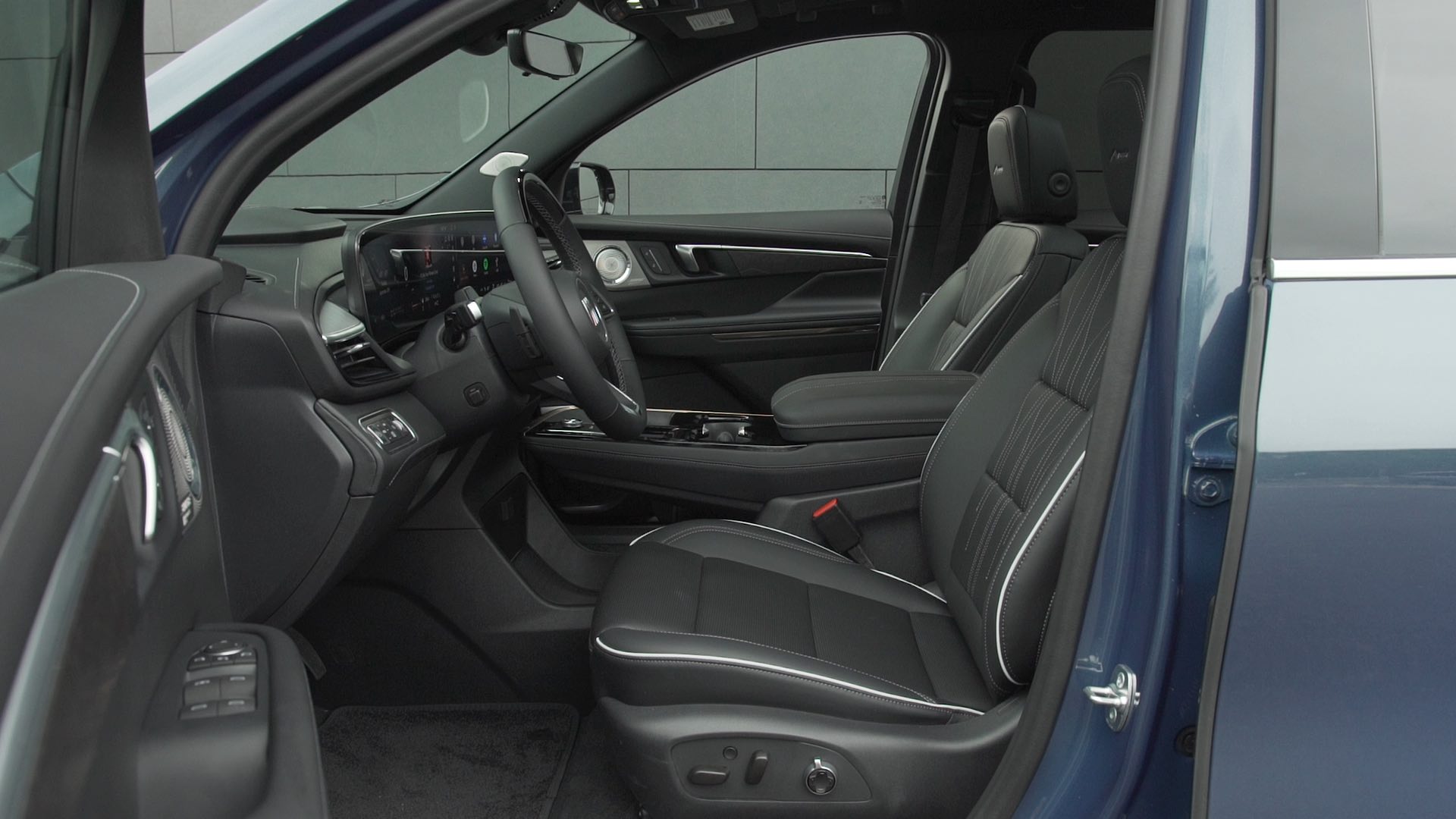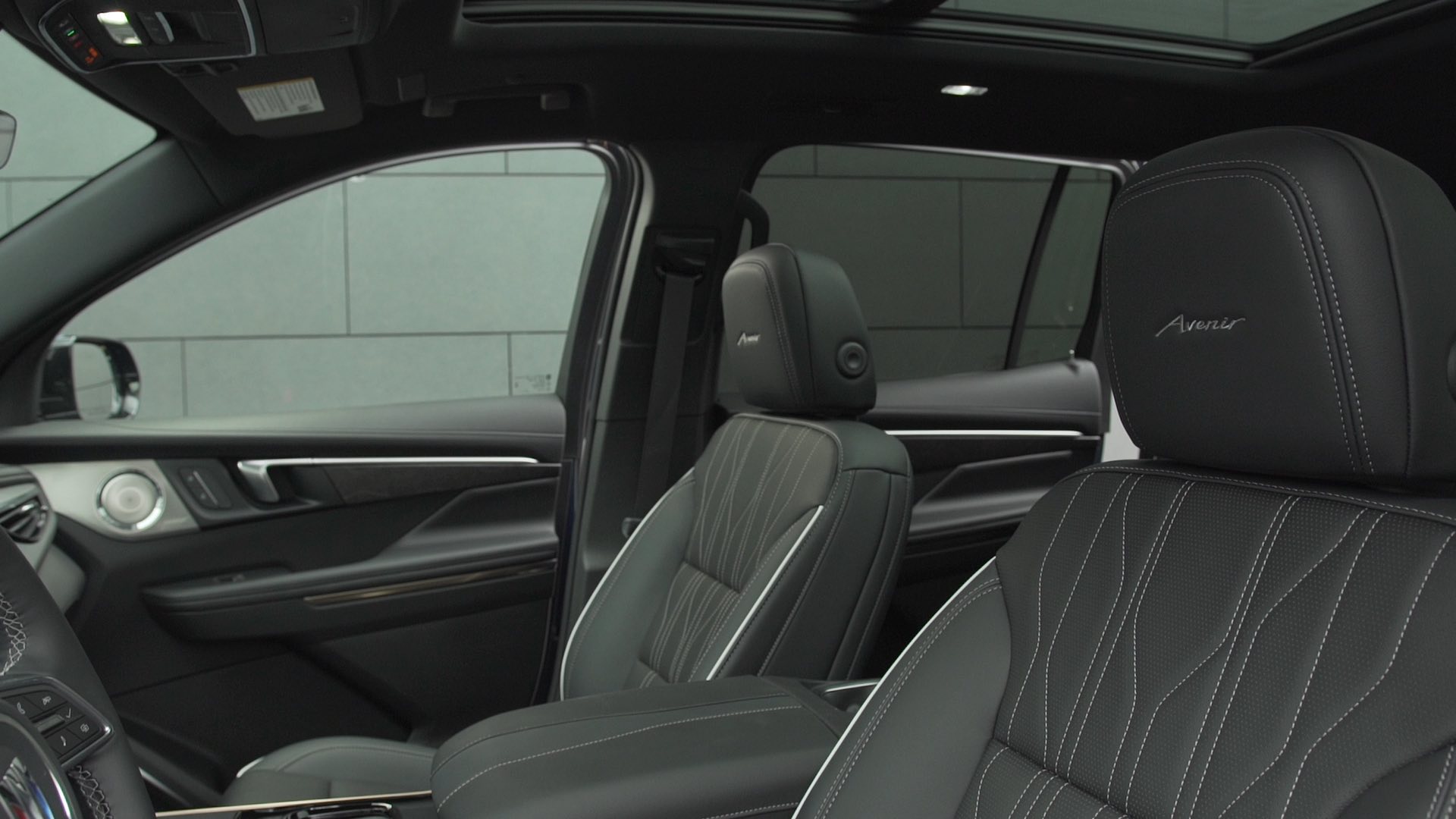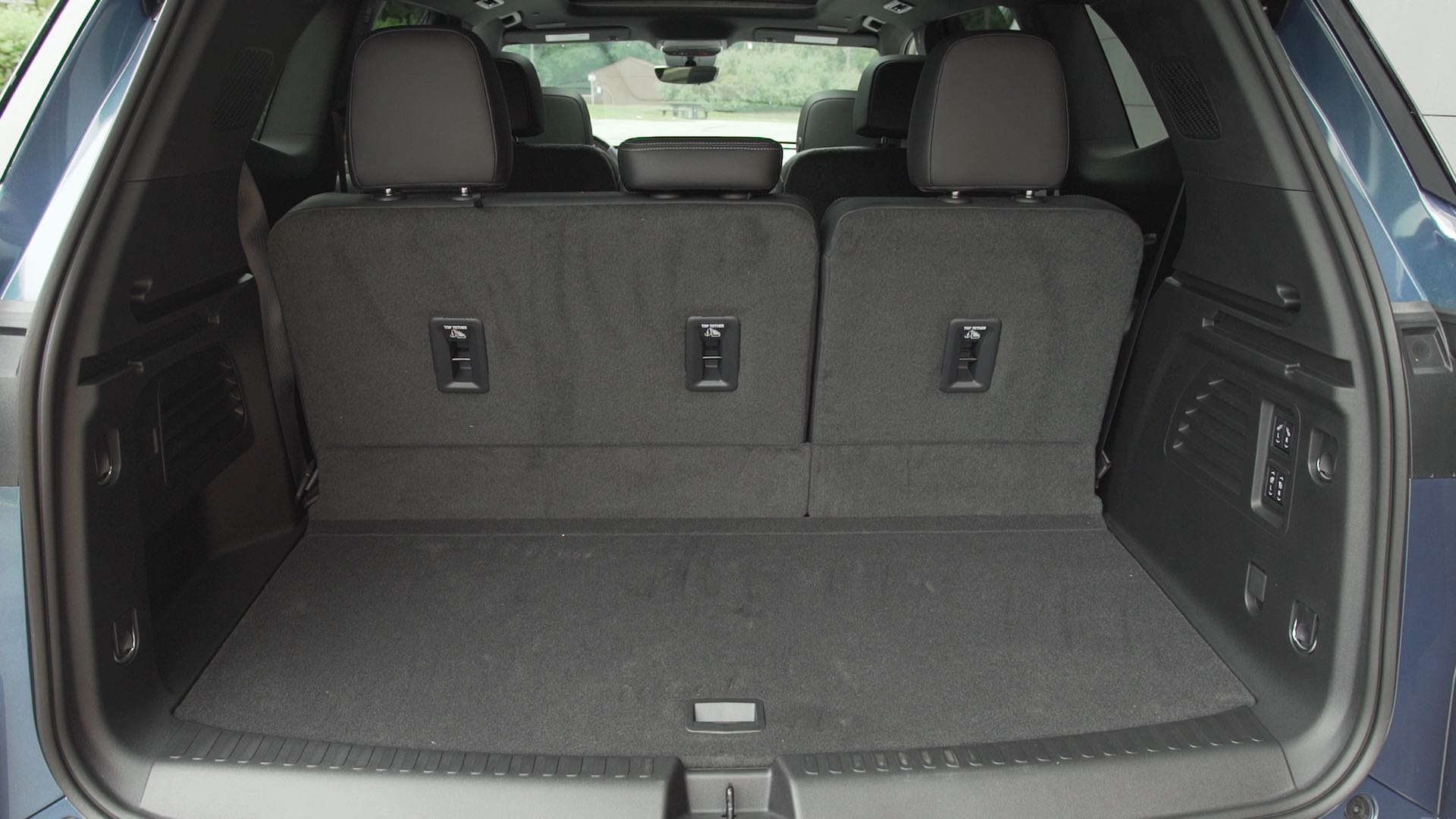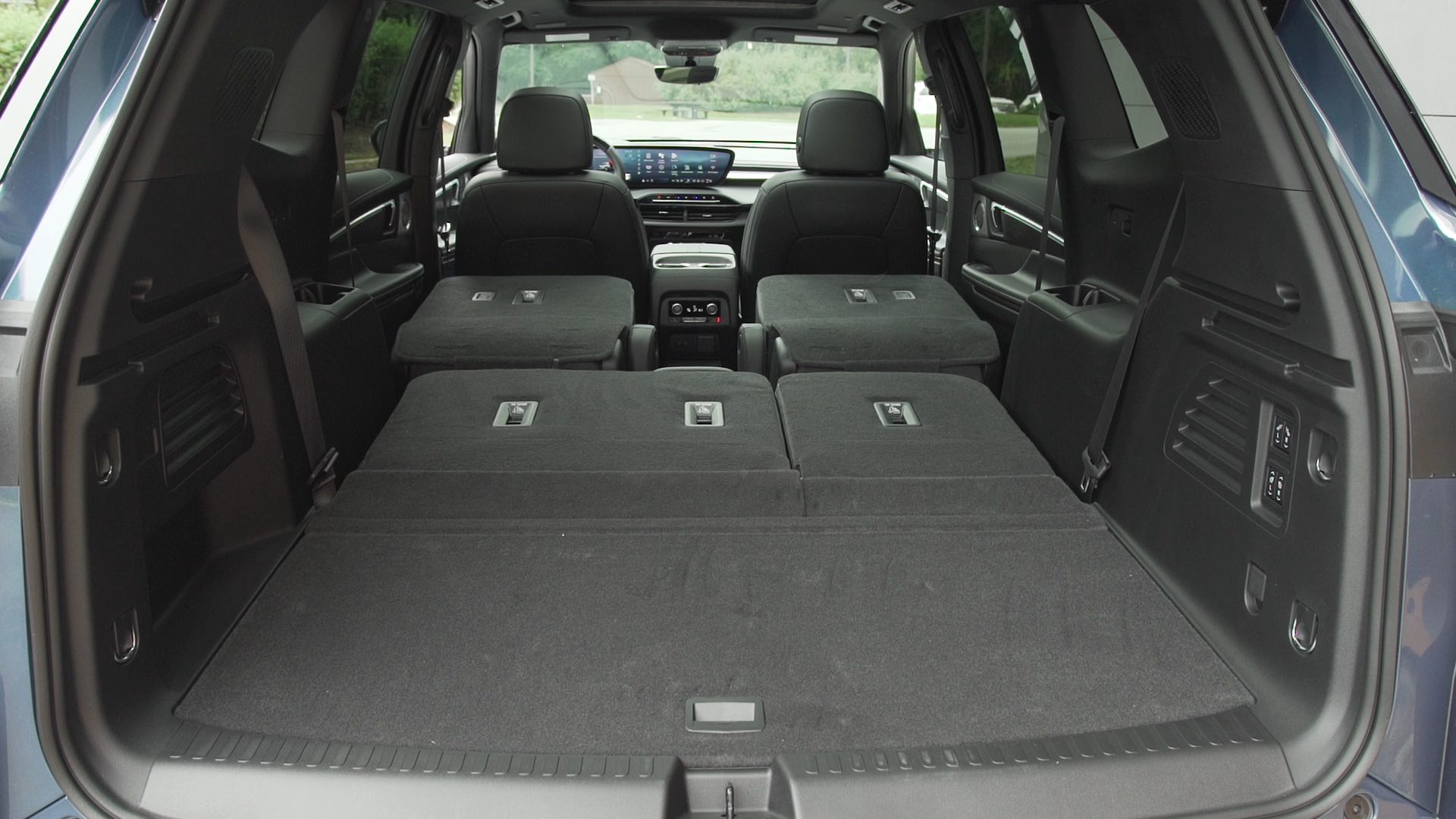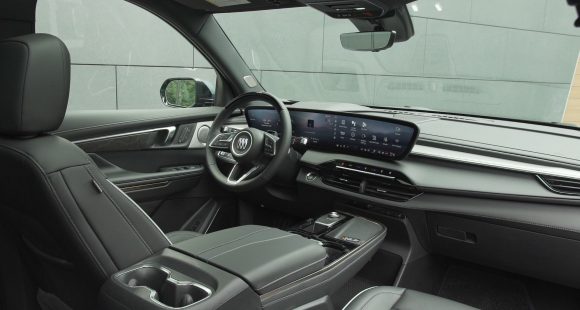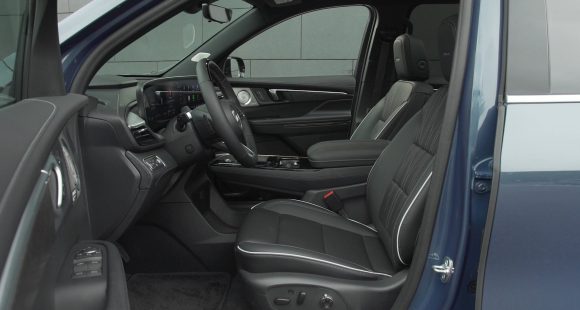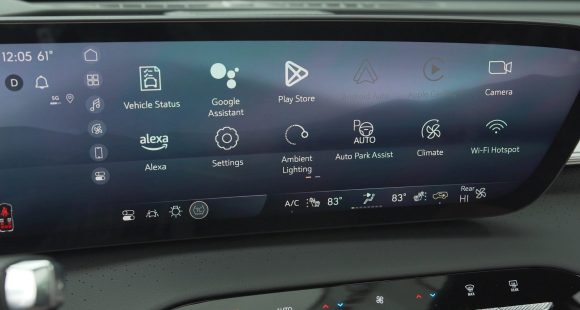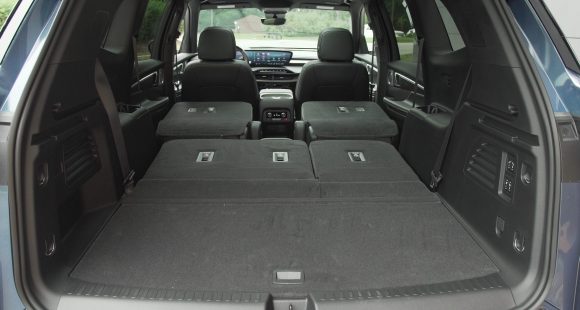2011 Porsche Boxster Spyder
Ever since the brash Cayenne utility hit dealers in 2003, Porsche purists have been understandably uneasy, and with the arrival of the front-engine, four-door Panacea earlier this year, perhaps more so now than ever. But the new Boxster Spyder should be reassuring. With bare bones styling from the iconic 550 Spyder, it’s a 100% classic, but modern, Porsche.
The Boxster’s basic sports car shape is becoming iconic in its own right, but the 2011 Porsche Boxster Spyder cranks it up a notch. Carrera GT-style twin-hump fairings aft of padded roll bars replace the Boxster’s simple deckled. A nicely done stoplight bridges the gap between the fairings.
And for even more fun, a Spartan two-piece manual soft-top gives the Boxster Spyder a definite ‘50s speedster look. And those vintage rocker panel stripes, especially on our sleek black tester, are easily as cool as the ones you get on the 911 GT3 RS. The stripes connect lightweight 19-inch alloy wheels that are unique to the Boxster Spyder.
The Spyder’s front fascia gets only a subtle freshening from the regular Boxster. While, out back, there’s a fixed spoiler and rear fascia borrowed from the Boxster S. But the Boxster sits 8/10ths of an inch lower than the S, and is 176 pounds lighter. Without the power top, and with new aluminum doors and trunk lid, the Spyder is the lightest of current Porsches.
Top down reveals much of the same cozy two-seat cockpit we’ve come to expect in a Boxster. But a closer look reveals red seatbelts, and more weight saving details like GT3RS-style pull-strap door releases, doors stripped of their storage bins, and a gauge cluster stripped of its shroud.
 Seriously track-ready Alcan Tara-trimmed, well-bolstered bucket seats prove more comfortable than they have any right to be. Radio and cupholders are no-cost options, but you’ll have to pay for the privilege of A/C. Like any Boxster, there’s meager trunk space split front and rear, displacing 9.9 cubic feet, total.
Seriously track-ready Alcan Tara-trimmed, well-bolstered bucket seats prove more comfortable than they have any right to be. Radio and cupholders are no-cost options, but you’ll have to pay for the privilege of A/C. Like any Boxster, there’s meager trunk space split front and rear, displacing 9.9 cubic feet, total.
The sole engine is a direct-injected 3.4-liter horizontally opposed six borrowed from the tintop Cayman S. Output is the same, at 320 horsepower and 273 pound-feet of torque. And we’ve gotta say, the Spyder’s exhaust note is pitch-perfect.
A six-speed manual transaxle is standard, but Porsche’s excellent seven-speed dual-clutch PDK automatic is a worthy, quick-shifting alternative. Both transmit power through a mechanical locking differential.
Running through our manual Spyder’s precise ratios at the track resulted in a 5.1-second sprint to 60. That’s the same as the last Boxster S we tested. A result we blame on our tester’s heavy option list. But the quarter mile arrived quicker—13.5 seconds at 106 miles per hour, even with an unavoidable last-minute shift into fourth gear.
The Spyder was much happier in the slalom. The Boxster’s mid-engined layout allows near perfect 50/50 front-to-rear weight distribution, and the Spyder adds to that a lower center of gravity, not to mention tires pumped to a lower PSI for more grip. The high-speed lane change couldn’t faze this chop-top Boxster, either. Inputs and outputs were near-telepathic. The Spyder is the best handling production Porsche we’ve ever driven.
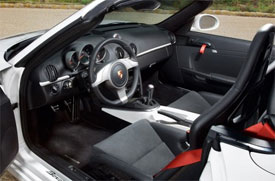 Braking was also impressive, with stops from 60 averaging a concise 113 feet with firm, short pedal travel and very little nosedive. Credit for all the fade-free stopping goes to our Spyder’s large rotors and four piston calipers.
Braking was also impressive, with stops from 60 averaging a concise 113 feet with firm, short pedal travel and very little nosedive. Credit for all the fade-free stopping goes to our Spyder’s large rotors and four piston calipers.
The Boxster Spyder’s short, stiff springs, anti-roll bars, and dampers tuned to near bone-jarring levels of sportiness never let you forget that this car is most at home on the track.
Government fuel economy ratings for the Boxster Spyder are as good or better than its less focused Boxster stablemates. The automatic rates 20 mpg city/29 highway, while the manual rates 19 city/27 highway. We averaged a respectable 23.9 miles per gallon on premium gas.
Including destination, the 2011 Porsche Boxster Spyder starts at $62,150. That’s four grand more than the much better equipped S. But then the Spyder is much rarer.
So, less car, but more performance, and more head turning, for more money. That’s the Porsche way, and we can’t help coming back for more. Plus, the 2011 Porsche Boxster Spyder is a total reassurance that Porsche is still committed to building true, and cozy, sports cars.
Specifications
- Engine: 3.4-Liter Six
- Horsepower: 320
- Torque: 273 Lb Feet
- 0-60 MPH: 5.1 Seconds
- 1/4 Mile: 13.5 Seconds @ 106 MPH
- 60-0 MPH: 113 Feet
- EPA: 19 MPG City/ 27 MPG Highway
- Mixed Loop: 23.9 MPG
2025 Buick Enclave
Buick’s Biggest Utility Gets More Premium Look, Less Premium Powertrain
Buick is now an all SUV brand with the three-row Enclave sitting at the top of their lineup. And for this all-new third generation, it looks like Buick has finally given it the true flagship treatment it deserves. Reason enough for us to see what else new this posh performer has in store.
Don’t think of this 2025 Buick Enclave as just a new third generation of Buick’s largest three-row SUV, but more of a total reboot for a luxury segment pioneer. Part of that reinvention is swapping out the 3.6-liter naturally aspirated V6 engine, that has been the heart of this large crossover since it arrived on the scene for 2008, for a new 2.5-liter turbocharged four-cylinder.
Though using two fewer cylinders, it rates 18 more horsepower at 328. The gain in torque is even greater, climbing from 266 to 326 lb-ft.
Power from a start and when tooling around town feels pretty good, but you do notice that engine working hard under the hood; there is more engine noise and it’s not as smooth as many competitors who have also made the switch to turbo-four power. Max towing rating remains at 5,000 lbs. The new standard automatic transmission loses a gear, dropping from nine to eight, a simplifying move we applaud. All-wheel drive is a $2,000 option with all trims.
The Enclave rides on the same front-wheel-drive based chassis that supports the Chevrolet Traverse and GMC Acadia. It remains the most luxurious of the three, though all have made big upward strides. And that luxurious feel is very evident inside where things appear special without flaunting it. Materials are vastly improved over the last gen, especially in top Avenir trim which is the choice for most Enclave buyers.
Front seats are very comfy, well suited for long days of highway travel. It’s hard to miss the 30-inch ultra-wide display, similar to Cadillac’s. It is big, but not intimidating as operation is very logical and you can easily configure things as you want them, including bringing the nav screen up full in front of the driver.
Front seats are very comfy, well suited for long days of highway travel.
Between the seats is a very substantial console with lots of storage space and standard wireless phone charging. There is definitely room for full-size adults in all three rows of seating. Big, plush captain’s chairs with all trims for the second row; and a less plush but still comfortable three-place third row.
GM’s Super Cruise has now made it to Buick’s lineup, available as a standalone package for any trim. It remains a favorite of ours for hands-off highway cruising. Despite feeling adequately powered on the street, the Enclave’s turbo-four felt a little out of its element at our Mason Dixon Dragway test track. There was very little jump off the line, just a slow wind up to 60 of 8.0 seconds, with the quarter-mile completed in 16.0 seconds flat at 92 mph.
We could really feel the Enclave’s weight in our handling course, about 150-lbs. over last year, even with less motor under the hood. But there was very little body roll, and no excessive oversteer or understeer. In panic braking runs, there was good feel through the pedal, and solid stops from 60 averaging a fine 111 feet.
To all of our eyes, the Enclave is bigger yet much better looking than before. Now more sophisticated using Buick’s PURE philosophy which emphasizes Purity in design, Unexpected details, Refined finishes, and Exceptional execution.
With all-wheel drive, Government Fuel Economy Ratings are 19 City, 24 Highway, and 21 Combined; we managed a great 24.9 mpg of Regular. That’s a slightly below average Energy Impact Score, consuming 14.2 barrels of oil yearly, with 7.0 tons of CO2 emissions.
No more Essence or Premium Enclaves, as the new gen brings new trim names along with it; the base option now being Preferred which starts at $46,395, and unless you choose white, you’ll be paying extra for all exterior colors. Just a short step from there to the Sport Touring for $48,795, and then a much bigger bounce up to Avenir at $59,395.
With so many big utes now aimed at luxury and near luxury buyers, it’s getting harder and harder for Buick to stand out. Being an all-utility brand, with one of the freshest lineups in the industry, will no doubt help. The 2025 Buick Enclave is a very stylish, well-equipped, well executed large three-row crossover that’s priced right.
Specifications
As Tested
- Engine: 2.5-liter turbo-4
- Transmission: 8-speed automatic
- Horsepower: 328
- Torque: 326 lb-ft.
- EPA: 19 City | 24 Highway | 21 Combined
- 0-60 mph: 8.0 seconds
- 1/4 Mile: 16.0 seconds at 92 mph
- Braking, 60-0 (avg.): 111 feet
- MW Fuel Economy: 24.9 mpg (Regular)








